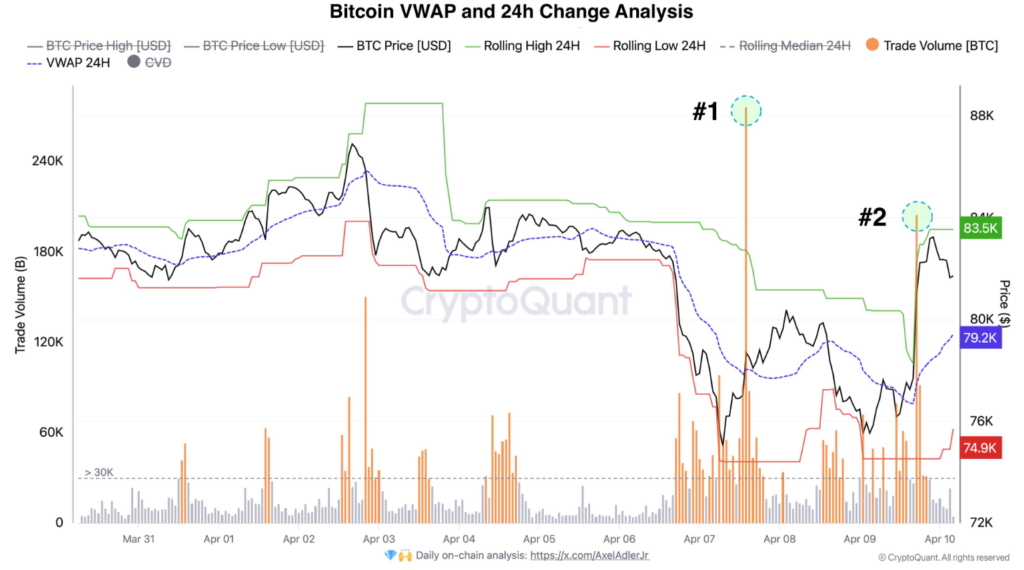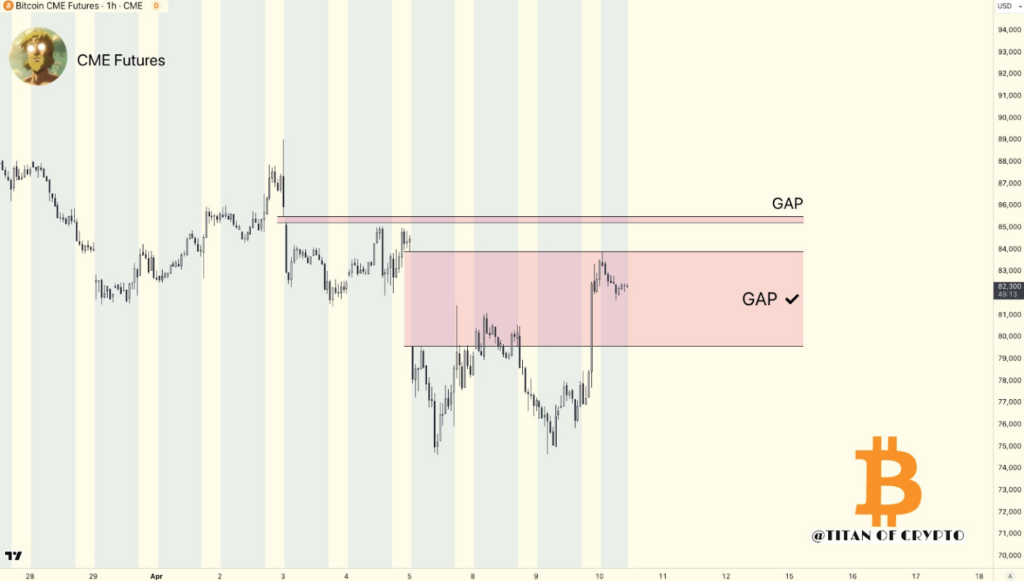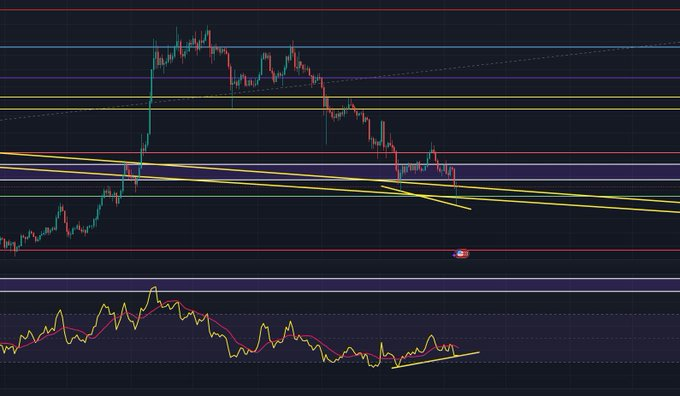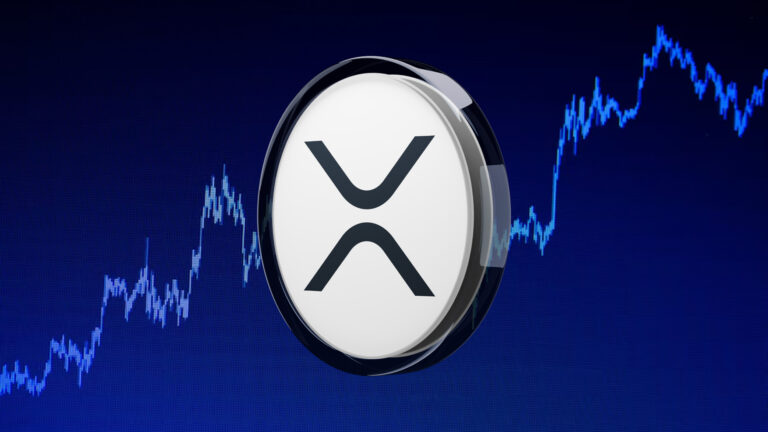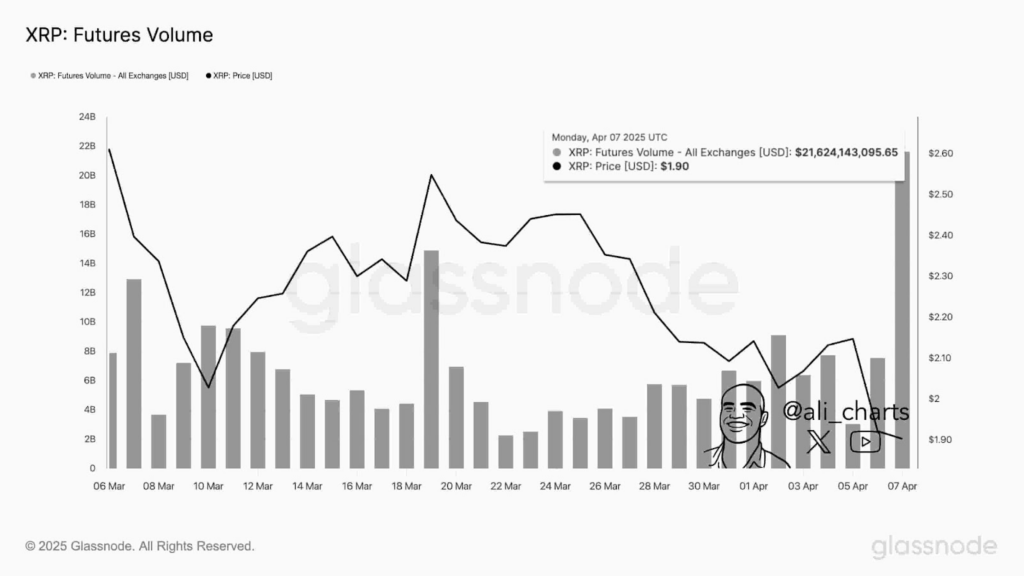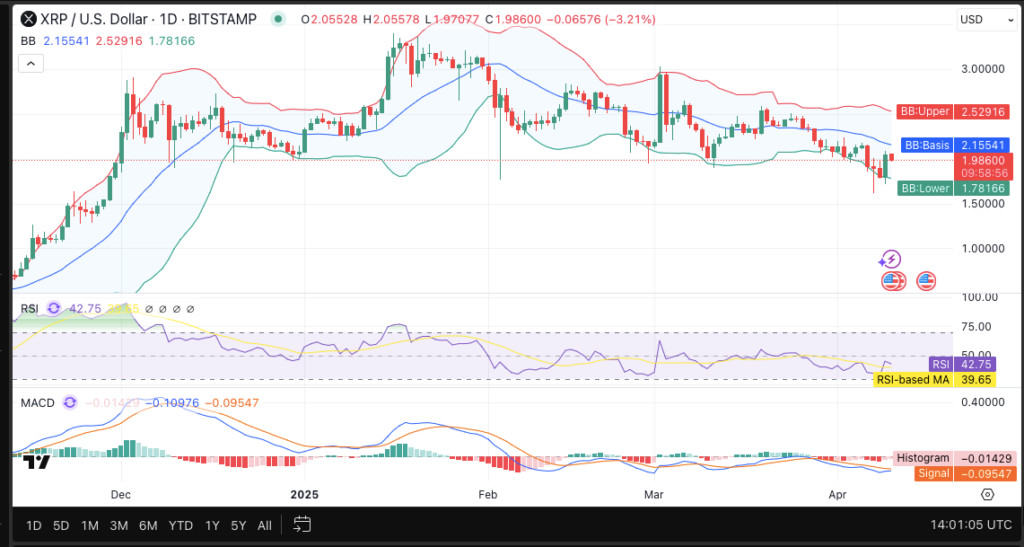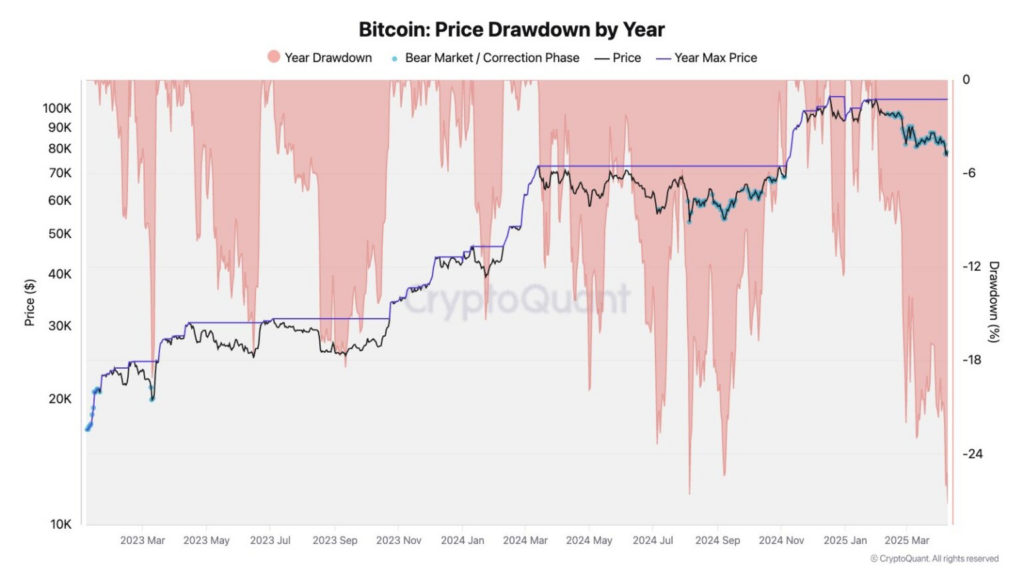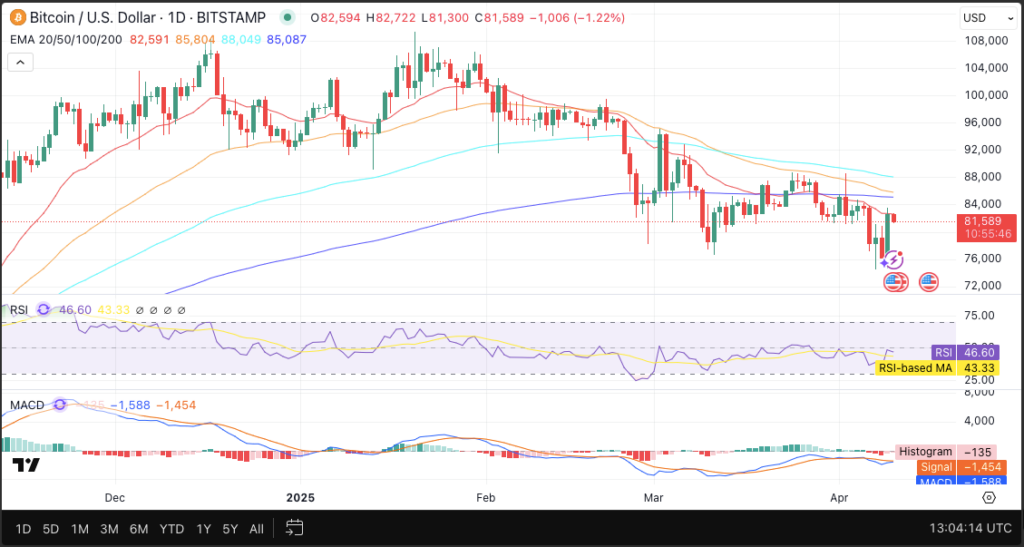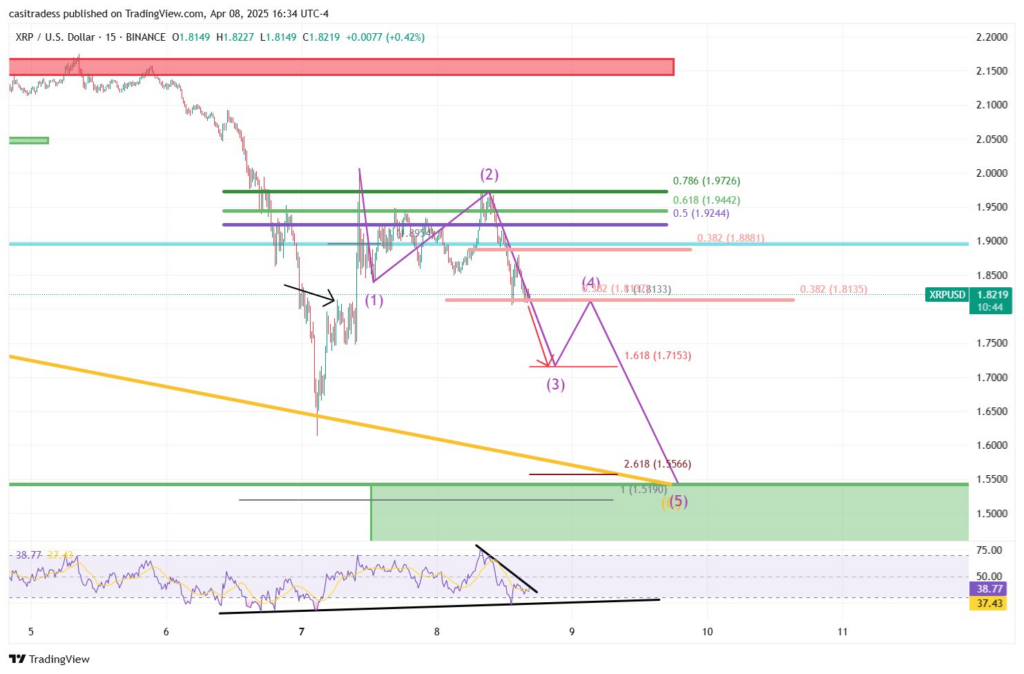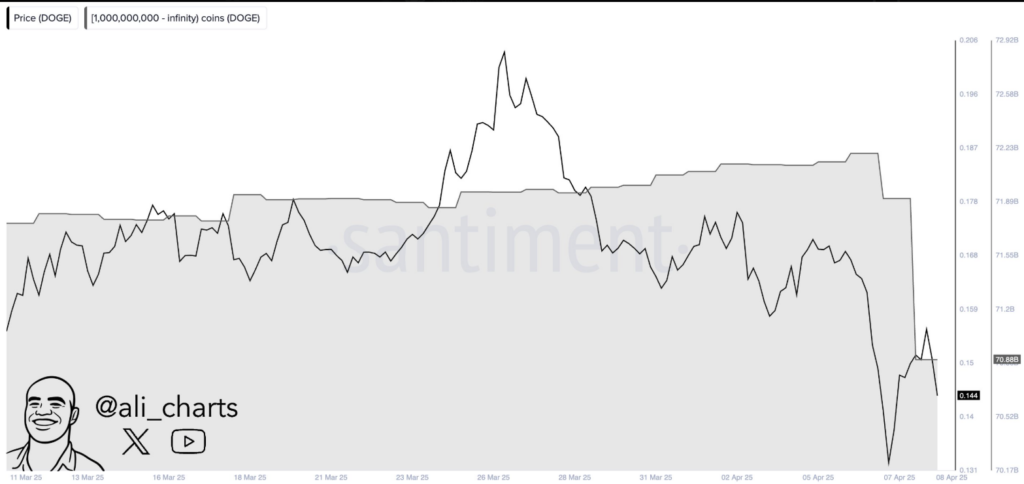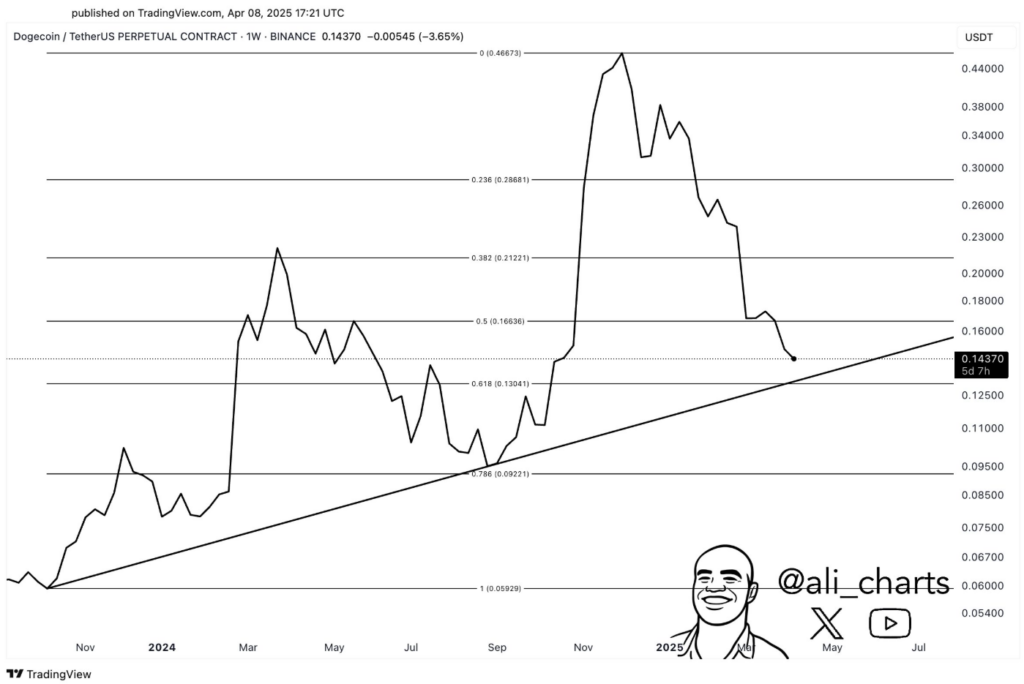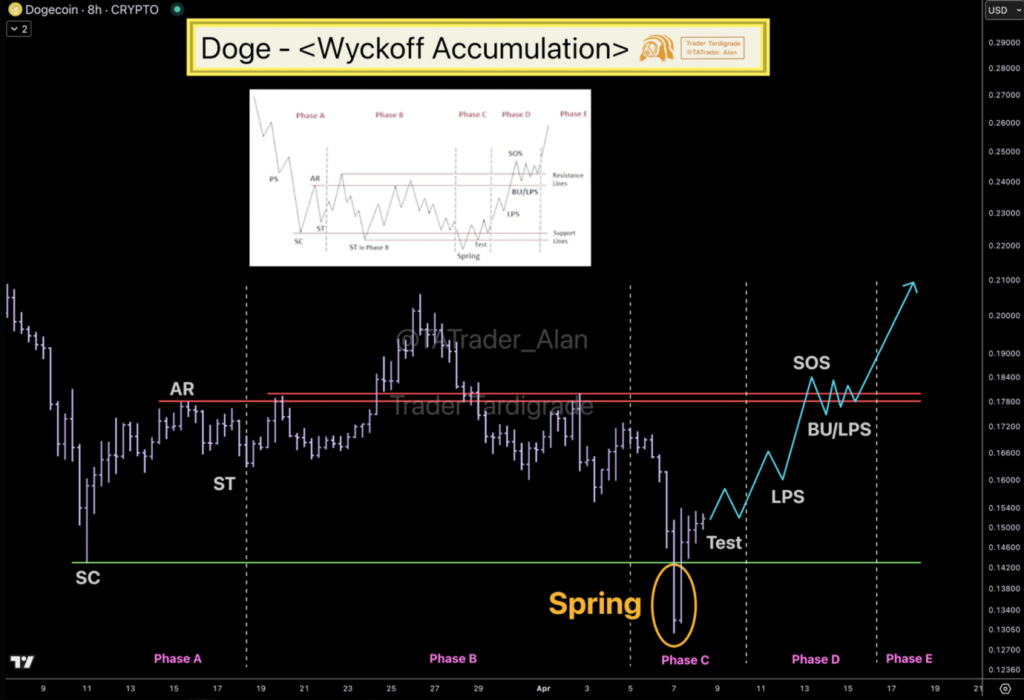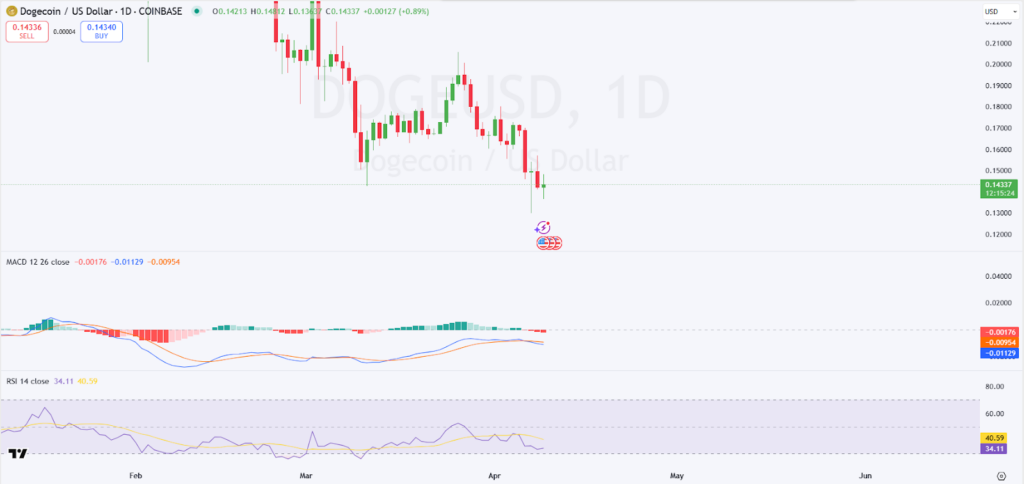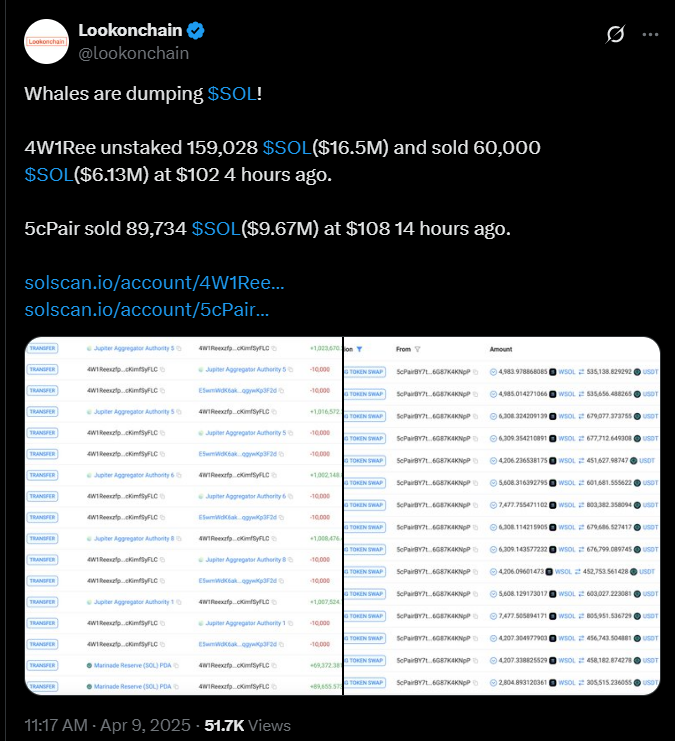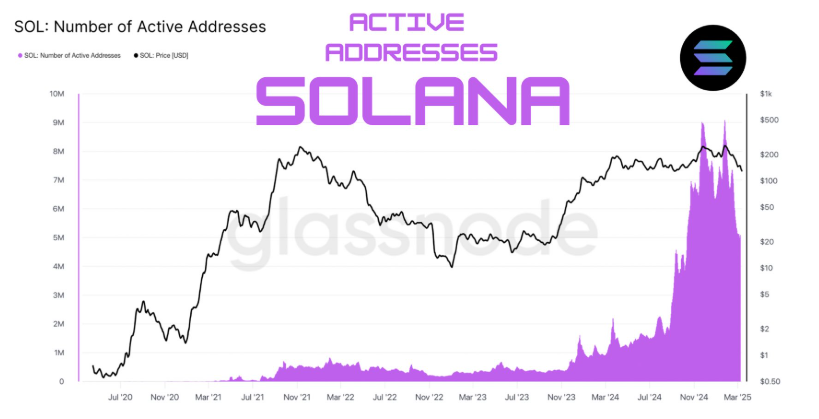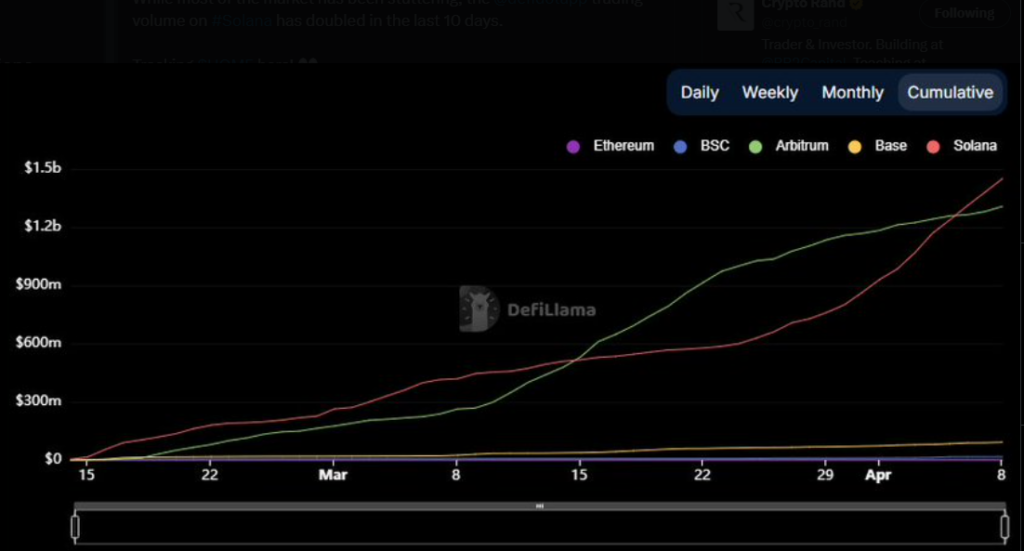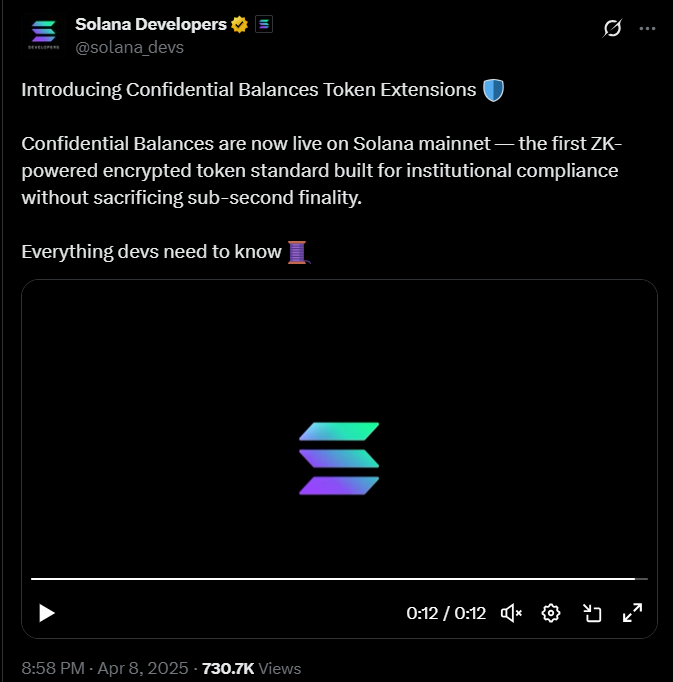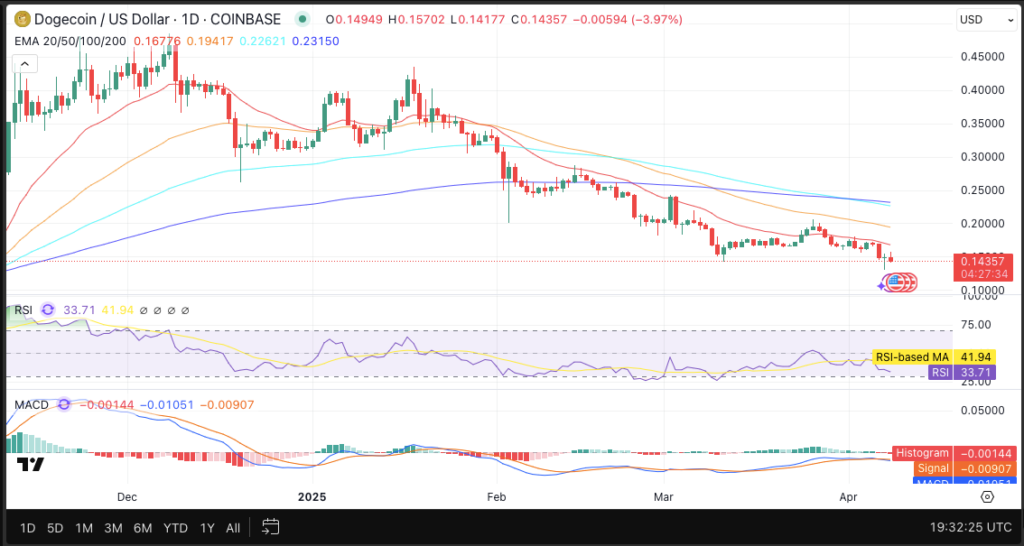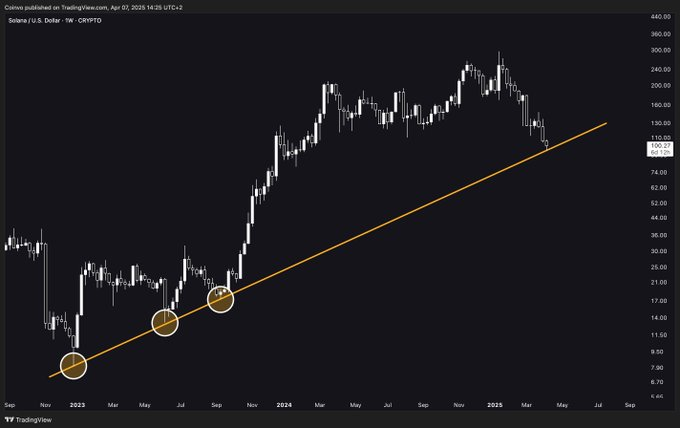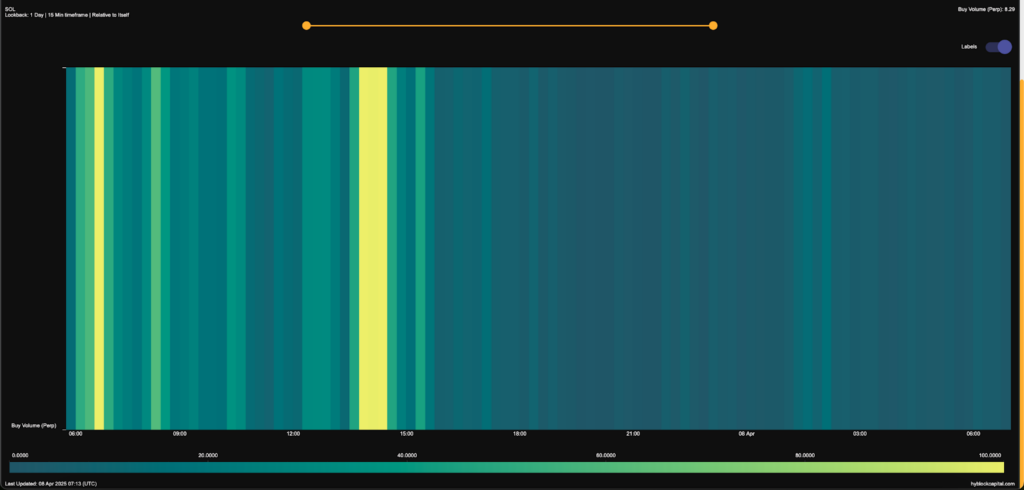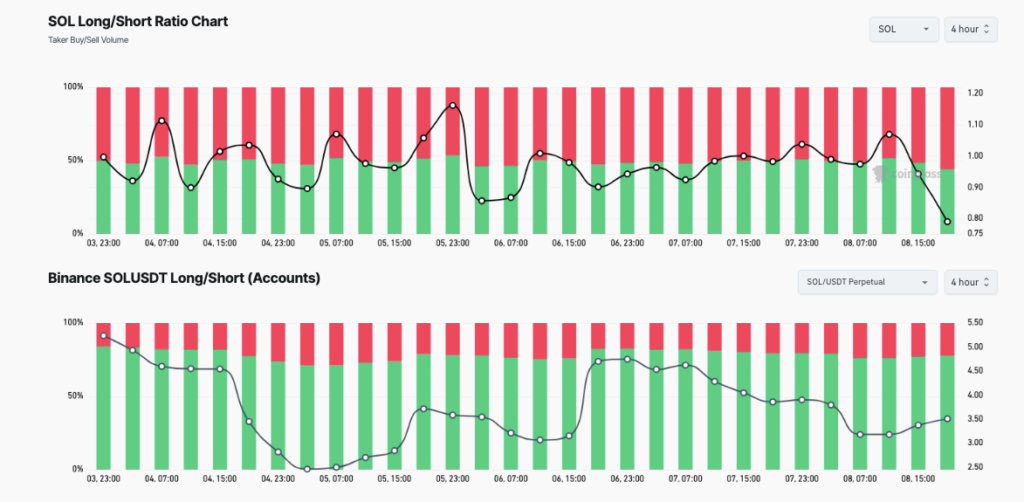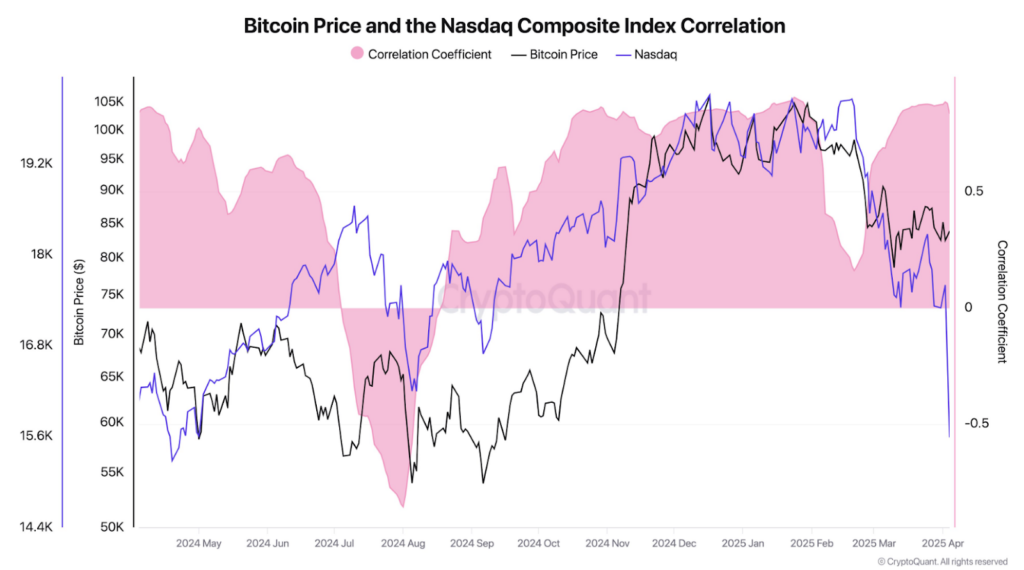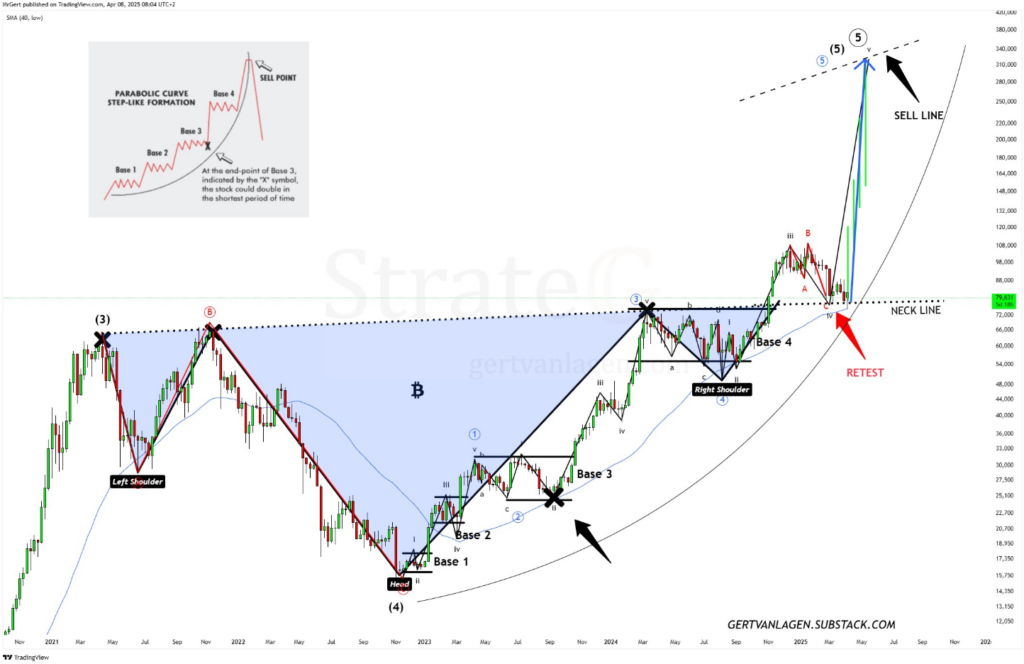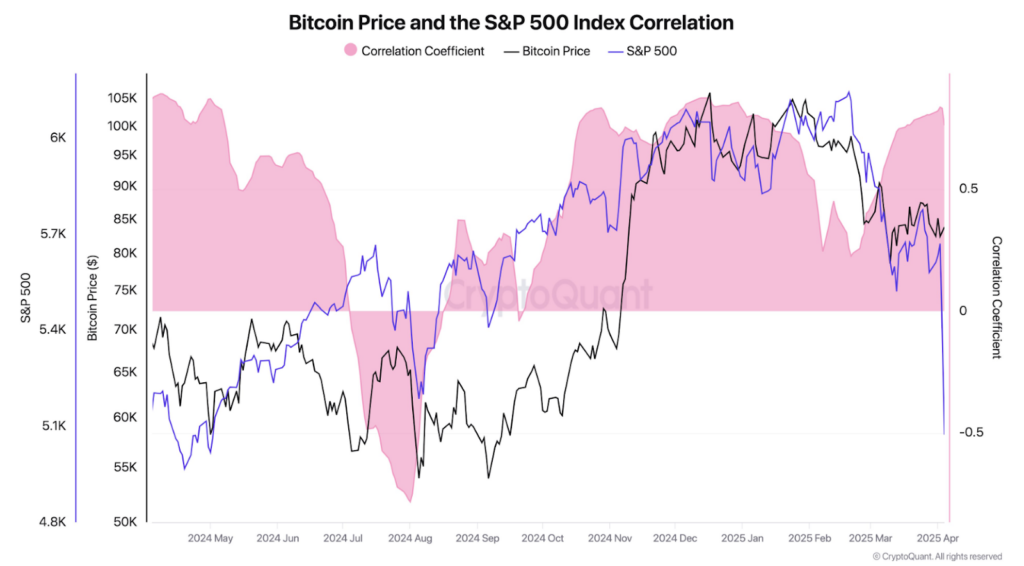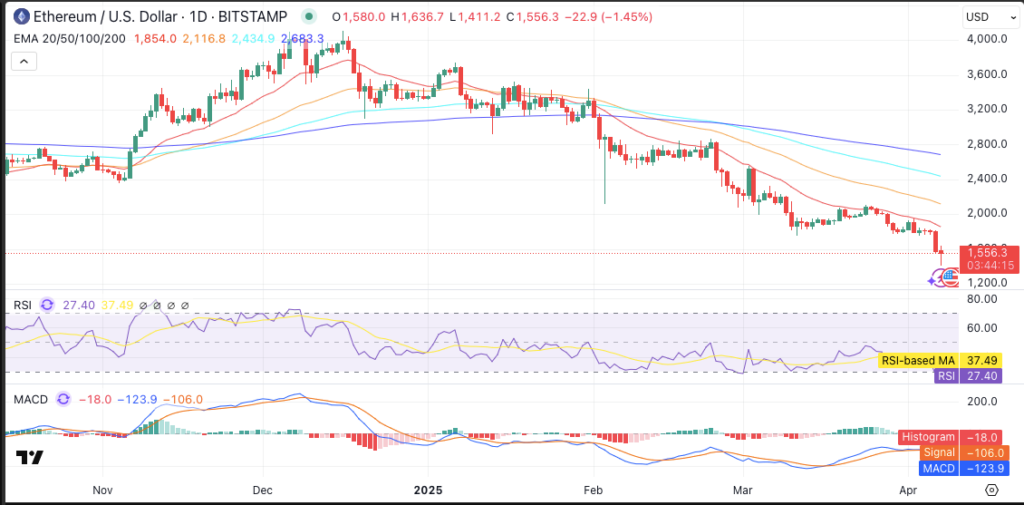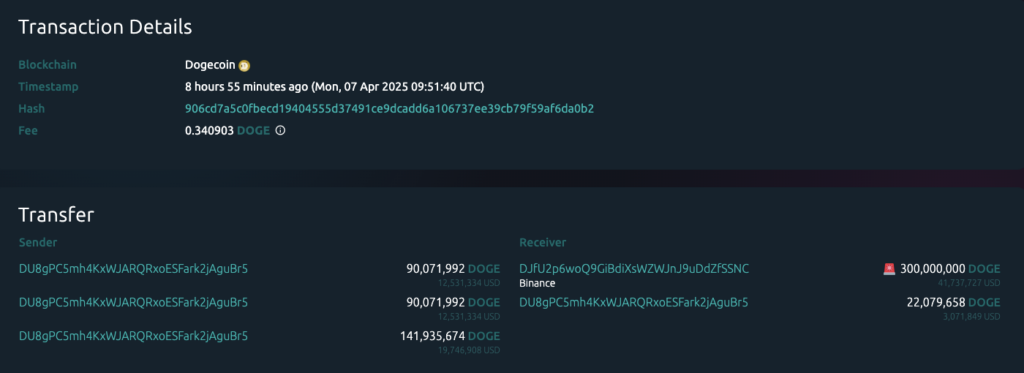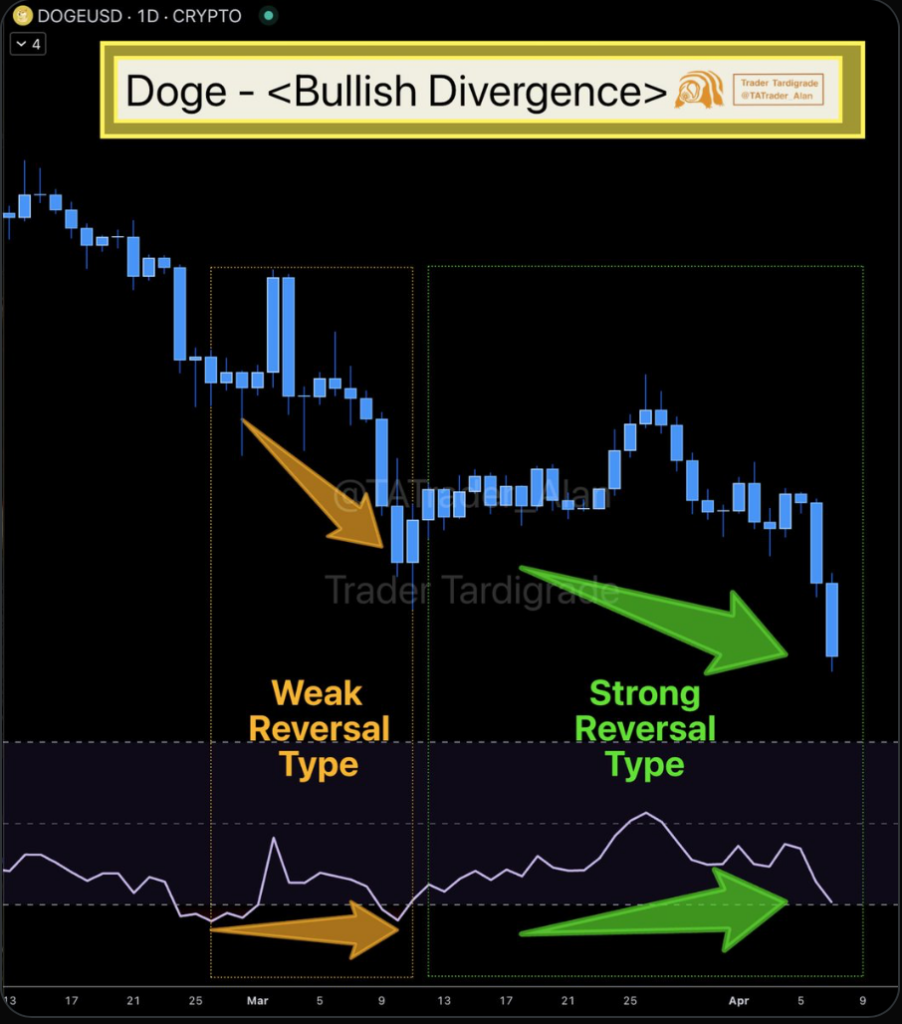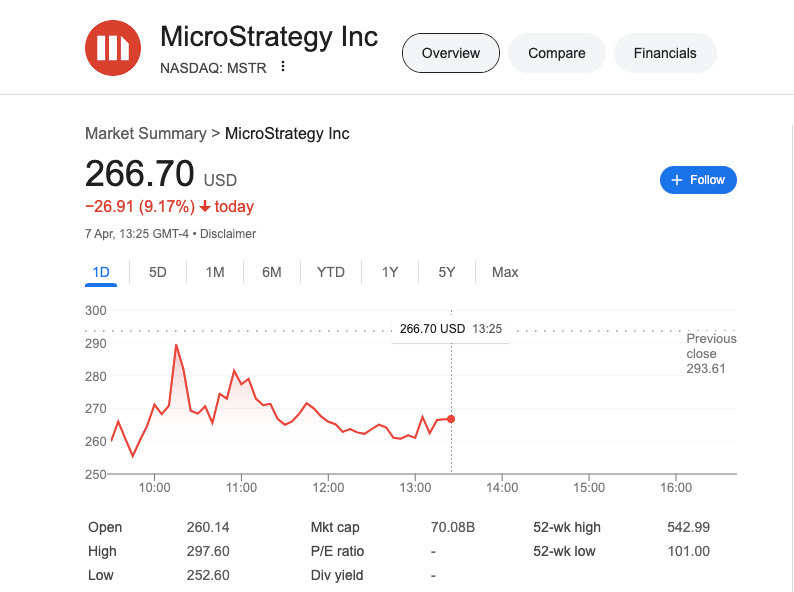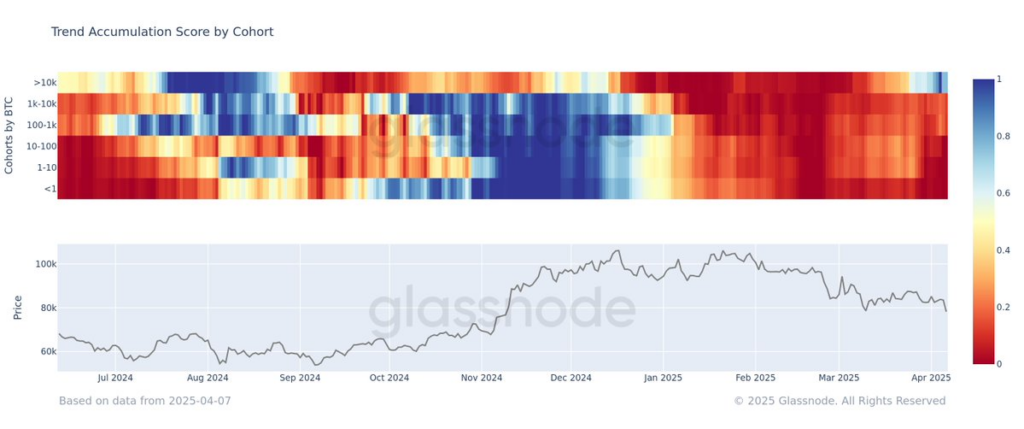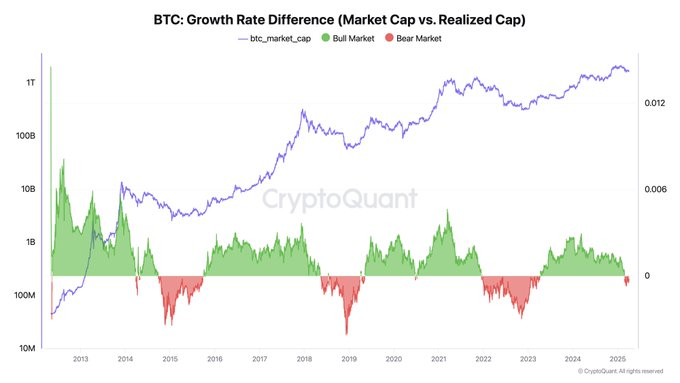Key Insights :
- Coinbase is in a legal battle with the FDIC over delayed responses to a FOIA request.
- The FDIC requested 16 more days to respond despite missing multiple court-imposed deadlines.
- Coinbase filed the FOIA request through History Associates to obtain records on FDIC actions against crypto banking.
The legal dispute between Coinbase and the FDIC has escalated further. The intensification followed delays in the agency’s response to a FOIA request.
The exchange accused the federal regulator of using stalling tactics after failing to meet multiple court-ordered deadlines. This growing dispute underscored mounting tensions over transparency between crypto firms and U.S. regulatory agencies.
Coinbase CLO Criticizes FDIC Secrecy
Judicial authorities granted the FDIC an extension of sixteen days to respond to Coinbase’s FOIA petition. This decision comes from the U.S. District Court for the District of Columbia.
The agency defied court-set deadlines, which raised skepticism among Coinbase’s legal advisers and company staff. The core aspect of the lawsuit consists of claims about the FDIC using actions to exclude crypto companies from banking solutions.
Coinbase, via History Associates, submitted a FOIA request for records detailing FDIC efforts to hinder crypto banking services. This move reflected its intent to uncover regulatory actions affecting the crypto industry.
The firm maintained that the regulator prevents legitimate FOIA-based data acquisition efforts directed at receiving essential information. Despite a previous legal mandate, the Federal Deposit Insurance Corporation persists in withholding essential documents, according to Coinbase.
In Coinbase CLO Paul Grewal’s assessment, the suspicious pattern represents a calculated effort to prevent transparency regarding important information. The available documents the FDIC shared were marked as private, so the content value was minimal, according to him.
Grewal’s statement showed increased discontent regarding the FDIC’s refusal to take the FOIA requirements seriously.
Coinbase Criticizes Heavily Redacted Disclosures
The documents the FDIC released were so redacted that Coinbase could not derive any substantial insight from them. As per a statement by Grewal and co-counsel Jonathan C. Bond, these redacted documents violate fundamental FOIA purposes.
The FDIC encountered accusations of avoiding transparency despite receiving court instructions to cooperate. The agency’s conduct against Coinbase violates Freedom of Information Act requirements by obstructing timely and meaningful public records disclosure processes.
According to the company, fair regulatory norms are disrupted by the FDIC’s actions. Federal transparency laws require the firm to deny all attempts at resistance.
Coinbase formally objected to the FDIC in March 2025 over its opaque redacting practices. This displayed nonconformity with the court-established conditions. The released material proved inefficient because censorship measures eliminated almost every piece of information.
Coinbase maintains that the FDIC’s lack of transparency obstructs a fair review of its role in restricting banking services for crypto companies. This stance emphasizes concerns over regulatory clarity in the crypto sector.
Operation Choke Point 2.0 Sparks Clash
The dispute focuses heavily on Operation Choke Point 2.0 records, which Coinbase believes involves targeted actions against crypto firms. The company believes regulators and the FDIC compelled financial institutions to cut off their services to digital asset businesses.
Coinbase maintained that records play a crucial role in protecting their industry rights. Coinbase’s loss in court could impact how government agencies handle FOIA requests. This may influence the transparency of regulatory actions toward crypto businesses.
The legal victory in such cases will establish regulations for better transparency during industry interactions with regulators. After a legal win, other digital companies might follow the same method to demand accountability.
Per Coinbase, the FOIA procedures have become susceptible to manipulation, limiting necessary information access.
According to the firm, federal regulators should receive no protection from inspection because they use extended redactions and continual document delays. The method creates unfair competition for cryptocurrency market participants in the United States financial system.
Judge Rejects SEC Delay in Lawsuit
Coinbase is also pursuing another FOIA lawsuit against the SEC for withholding records tied to crypto enforcement. The firm argues that the SEC utilized public tax funds to finance multiple crackdowns on digital asset businesses.
Coinbase fights to obtain all associated financial documentation supporting the enforcement measures regulators took against companies. Judge Ana Reyes rejected the SEC’s request for an extension on March 28, 2025. She also issued a warning about possible sanctions against the agency.
The April 11 deadline has been set as the mandatory date for the agency to produce all requested documents. This decision was a major legal success for Coinbase regarding its fight for increased government transparency.
The company observes SEC performance closely under the court order while warning that more delay might lead to fresh legal measures. The legal members of Coinbase maintain that complete disclosure is a necessary safeguard to protect American digital asset innovations.
Under FOIA statutes, the exchange anticipates that federal regulators will operate within the law and fulfill their imposed obligations.



